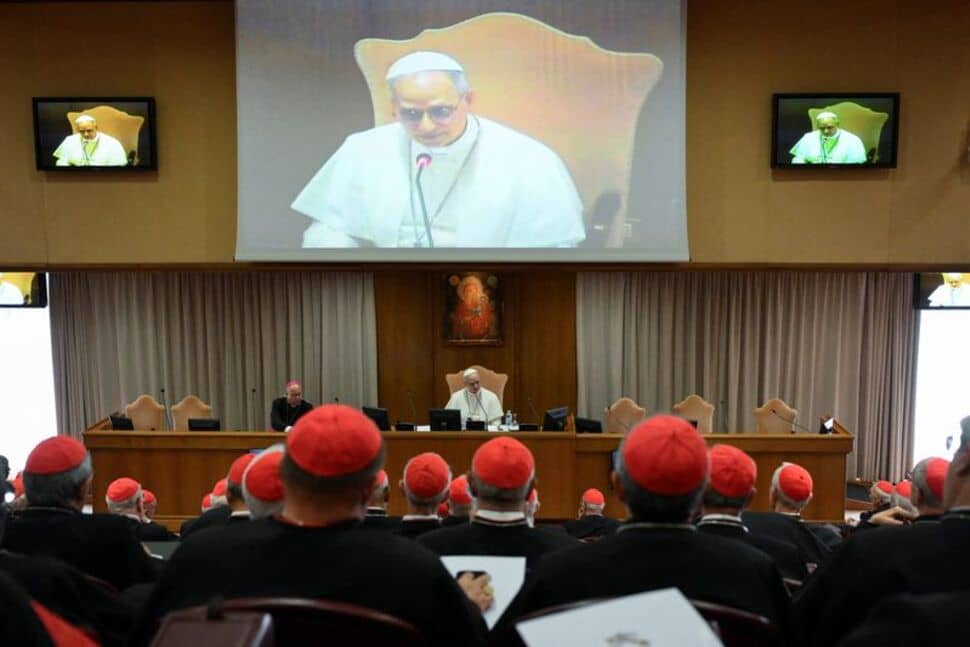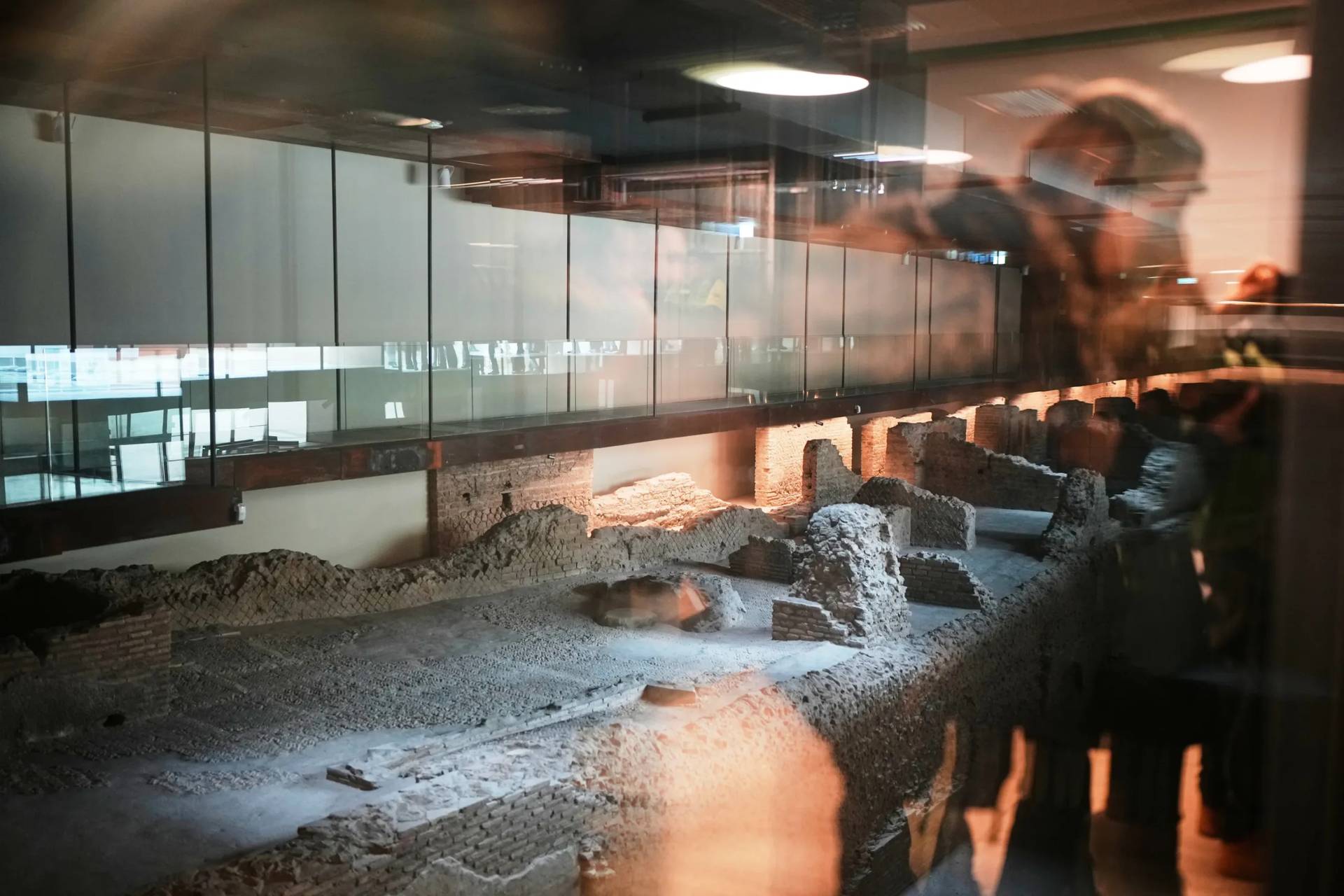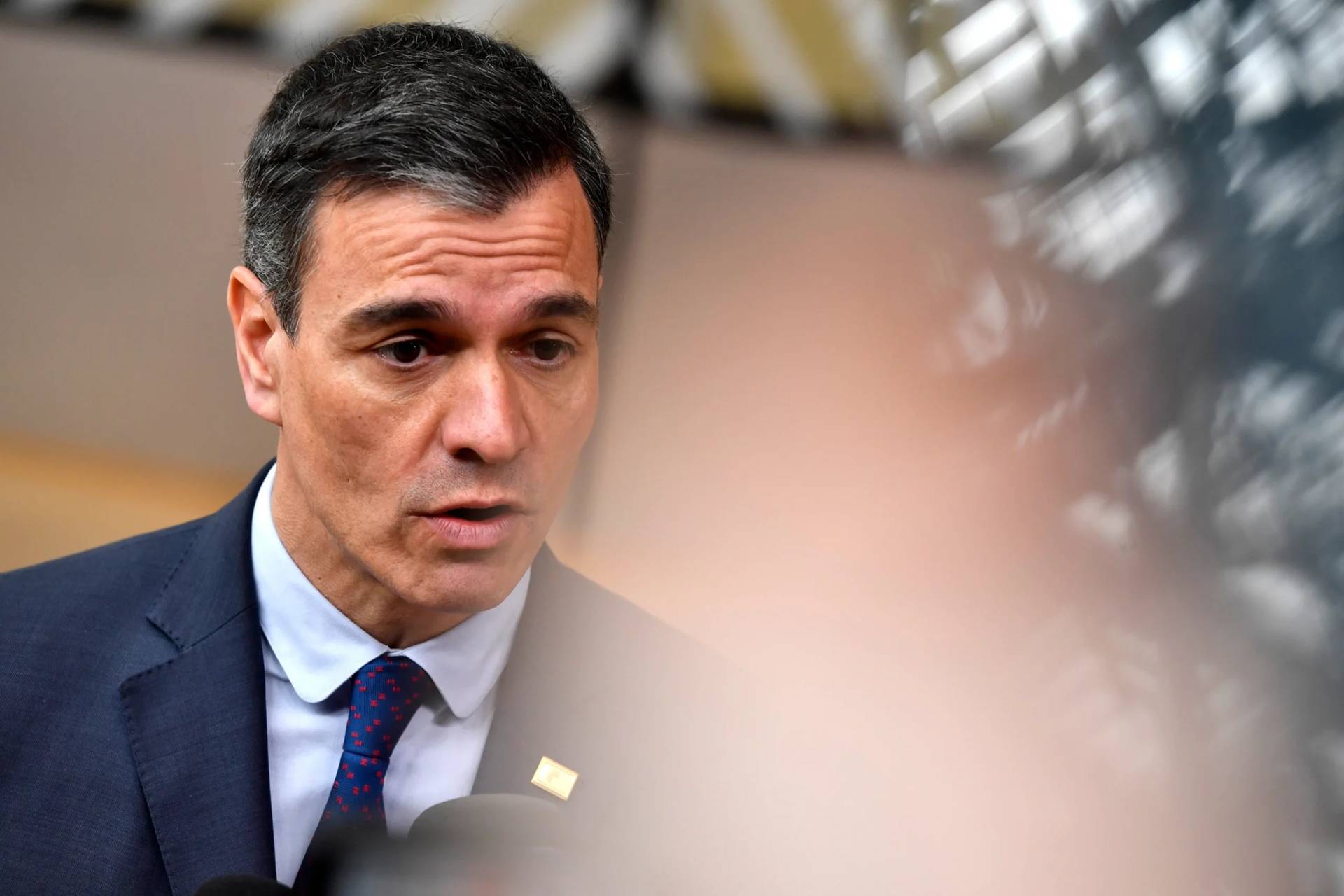ROME – Since the 1980s, the main source of revenue for Italy’s Catholic Church has been what’s called the “8×1000,” or the “eight per thousand,” meaning a share of everyone’s personal income tax the state distributes between itself and a charitable entity of the taxpayer’s choosing.
Under the 8×1000, taxpayers may choose one of several approved charitable entities, both religious and secular, to which funds will be allocated, although they are not required to do so.
Given that roughly 75 percent of Italians are Catholic, of those who do make a choice, roughly 70 percent choose the Catholic Church as the recipient of their funds, which are managed by the Italian Episcopal Conference (CEI).
For those who make no selection, the 8×1000 funds are divided among the various recipients in proportion to the selections that were made, meaning the bulk of those funds benefit the Italian Catholic Church, providing it roughly one billion euro annually, which CEI allocates toward a variety of charitable initiatives as well as administration and overhead.
Over the years, the Italian Court of Auditors has found that amid a significant reduction in public spending, the funds destined for religions under the 8×1000 are the only monies that have either stayed constant or increased, offering the Catholic Church in particular a stable cash flow.
According to the law, the funds received from the 8×1000 must be used “for the needs of worship of the population, support of the clergy, charitable interventions in favor of the national community, or third world countries.”
CEI publishes an annual report summarizing its expenses, offering a glimpse at the distribution of their funds toward several main categories, though without getting into the details of which projects were benefitted and the expenditure for those initiatives.
However, despite the large sums the CEI draws in every year, the amount of the 8×1000 designated to the Catholic Church has been in steady decline for years and fell to an all-time low in 2020, dropping from 31.80 percent to 29.03 percent, according to a recent report from the Italian Ministry of Economy and Finance.
In a press release issued last week by the Union of Rationalist Atheists and Agnostics (UAAR), who celebrated the drop, UAAR Secretary Roberto Grendene said the fact that the number of people allocating their 8×1000 funds to CEI have fallen below 30 percent for the first time is likely due to several factors.
One of these factors, he said, is likely a new recently added option allowing taxpayers to choose to allocate their money toward five state causes, including natural disaster relief, ending world hunger, assistance for refugees and unaccompanied foreign minors, the conservation of cultural heritage, and the maintenance of school buildings.
Being able to choose to support publicly-owned school buildings could in itself have made a difference, Grendene said, noting that “many fellow citizens consider the public school a value to be defended and the restriction of destination only to publicly owned buildings could have removed doubts about possible diversions to the cash registers and the assets of the curias.”
The increase in taxpayer funding for public schools and the other four options “occurred despite the fact that the government and the (Ministry of Economy and Finance) do not carry out any serious advertising campaign in favor of state destination,” he said.
In fact, the increase in those allocating their tax funds to benefit the state has increased from roughly 16.5 to 22.6 percent, amounting to roughly 70 million euro.
Grendene lamented the fact that there has been no public announcement or acknowledgement of “the good news that taxpayers have trusted the state in their 2020 declarations with an invitation to do even better in 2021.”
Lamenting the provision in Italian tax law that allows those who do not make a selection for the 8×1000 to be allocated according to the choices that were made, largely to the benefit of the Catholic Church, Grendene said that were it not for this rule, “the amount that the state would have made available would be far more important.”
Speaking to Crux, Vincenzo Corrado, a spokesman for CEI, seemed unworried about the drop in those giving their 8×1000 to the Church, noting that around 71.1 percent of those who do make a selection for the 8×1000 still choose to give to CEI.
Corrado said he believes there are several factors involved in the drop, “certainly including the pandemic,” and that the reasons likely have nothing to do with CEI or the Catholic Church itself.
“I don’t think it’s simply a rejection of the Church,” he said.
Follow Elise Ann Allen on Twitter: @eliseannallen
















